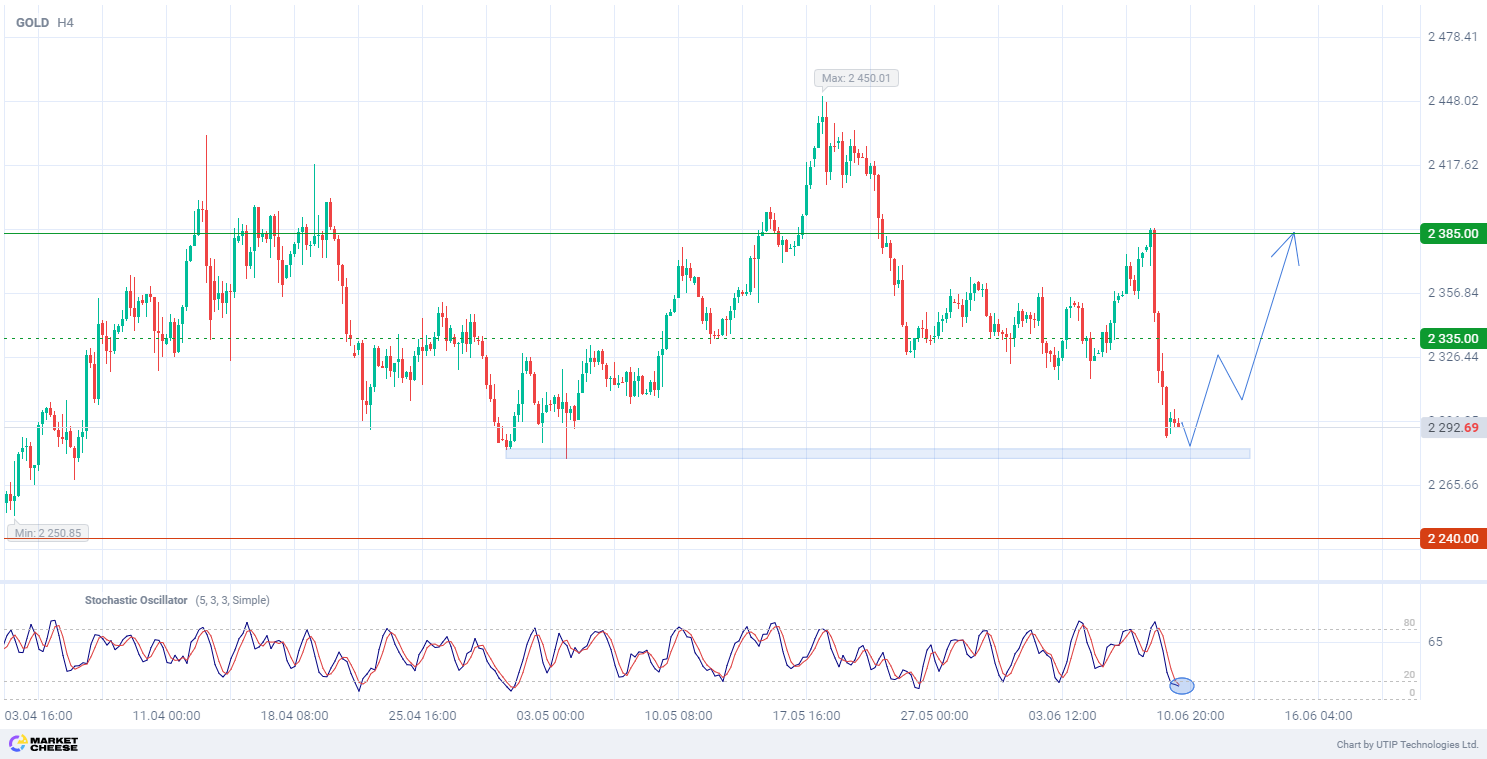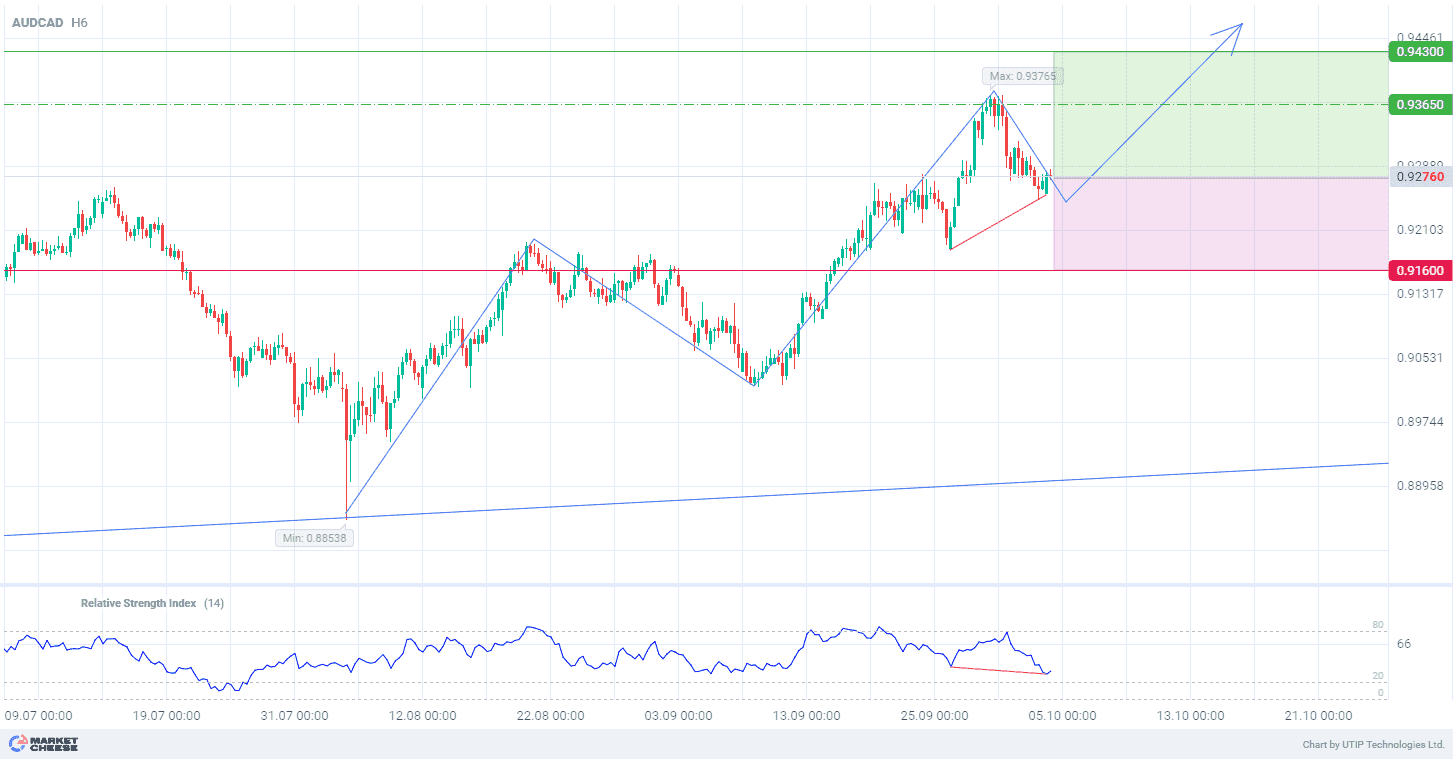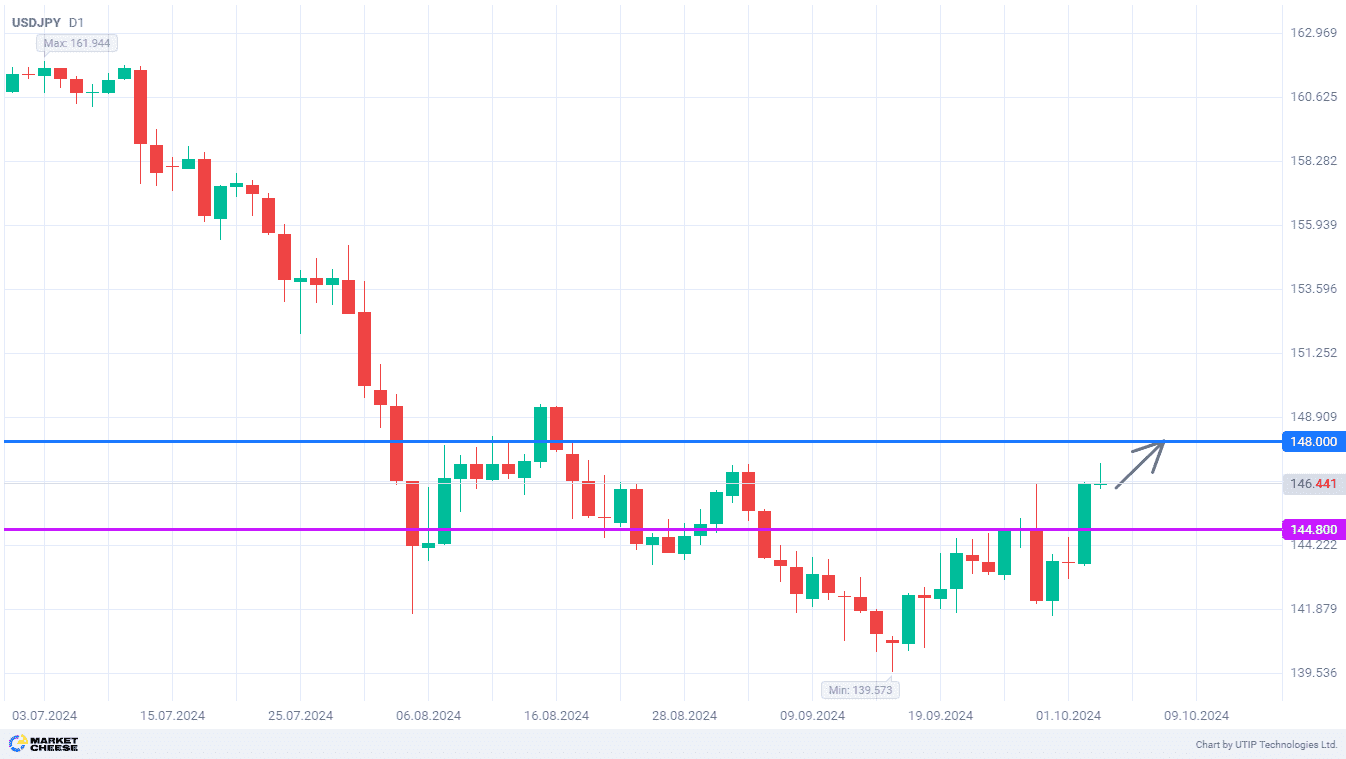The price of gold started the new week in a reserved manner, holding near a one-month low of $2,300. This happened after the publication of monthly labor data in the US. According to the non-farm payrolls report, the US economy created significantly more jobs than expected in May. This dampened investors’ hopes for an interest rate cut by the Federal Reserve (Fed) in September.
According to CME FedWatch, the probability of the US monetary policy easing in September fell from around 70% on Thursday to around 50% following the release of the jobs data. Markets are now expecting a single 25 basis point rate cut this year, which could occur in either November or December.
In addition, news that the People’s Bank of China (PBOC) suspended gold purchases in May, ending an 18-month period of active buying, put pressure on the precious metal’s value. However, cautious market sentiment is providing some support for gold, helping to limit more serious losses. Traders are staying away from aggressive trading in anticipation of the results of the Fed’s two-day monetary policy meeting, which will be announced on Wednesday.
Meanwhile, according to the World Gold Council (WGC), the yellow metal’s production in 2023 was up just 0.5% from 2022. The gold mining industry is struggling to maintain production growth as new yellow metal deposits are becoming harder to find. This keeps the precious metal at high levels.
From a technical point of view, gold prices on the D1 chart are forming a broad corrective channel.
The price, being near the strong support at 2282, shows signs of a pullback from it on the H4 timeframe. The moving indicator Stochastic Oscillator (standard values) is in the oversold zone, the exit from which can strengthen the growth within the corrective channel.
Signal:
Short-term prospects for GOLD suggest buying.
The target is at the level of 2385.00.
Part of the profit should be taken near the level of 2335.00.
A stop-loss could be placed at the level of 2240.00.
The bullish trend is short-term, so trade volume should not exceed 2% of your balance.










